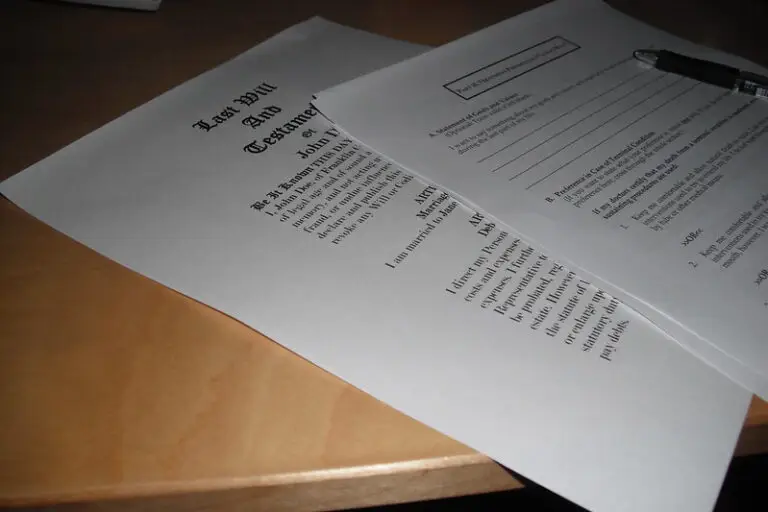Today’s non-traditional family are not just LGBTQ couples, but families undergoing gray divorces, blended families, stepchildren, multinational families and children born through assisted reproductive technologies, referred to as ART, in a recent article titled “How to Plan for LGBTQ, Blended Families, Cohabitation, Other Nontraditional Families” from Financial Advisor.
The key is having an estate plan prepared that is flexible so that last wills, trusts, and all documents reflect the non-traditional family very clearly and do not leave room for courts to make decisions. Here are a few new elements to consider:
Gendered pronouns and definitions. Ideally, your estate documents should use specific names of individuals, not pronouns. We live in a fluid society and using pronouns could lead to unnecessary complications.
Recognize ART and its implications. If there are children conceived by ART, they need to be explicitly included as children of the family. DNA testing can result in a child inheriting assets from a parent they never knew. It may be wise to exclude biological children, parents or siblings who do not have a relationship with the family.
Trust Protector/Trust Decanting. By including provisions that permit trusts to be decanted, that is, transferred from one trust to another, your estate planning attorney will create flexibility to allow a trust protector (a non-fiduciary appointment of a third party) to make changes. The selection of the trust protector is particularly important, as they could have a large impact on the overall plan.
Marriage, non-marital relationships, divorce, remarriage. An estate plan needs to prepare for future changes with precision and flexibility. Protecting the family, its privacy and dignity can be done by limiting the information in the last will, which becomes a public document. While we can’t know what the future holds, we can plan for change.
Prenuptial agreements. State laws vary on what is acceptable and procedurally necessary for a prenup to be enforceable. Typically, the agreement must be voluntary and include full disclosure of both parties’ financial situation. In some states, post-nuptials can be prepared, if the parties can’t agree on the document before they are legally wed.
Divorce creates special estate planning issues. Beneficiary designations need to be changed for life insurance, IRAs and other non-probate assets. Take affirmative steps to ensure that ex-spouses, or soon-to-be exes are removed as beneficiaries on all accounts, including pensions and insurance plans subject to ERISA.
Cohabitating couples. Marital gifts are tax free, but that is not the case for people living together. Estate planning and tax planning needs to be done, so the surviving partner is taken care of. This may include the creation of a cohabitation agreement, similar to a prenuptial agreement.
Planning for sickness and death. Explicitly stating wishes for end-of-life medical treatments, including feeding tubes, respirators, heart machines, etc., is step one in having an Advance Medical Directive created. Step two is deciding who is empowered to make those decisions. Someone who is unmarried but has a partner or a second spouse needs to be authorized. Note that when an individual is hospitalized, stepparents may attempt to deny access to spouses’ children, or children may block access to a stepparent. There should also be a Do Not Resuscitate (DNR) or Physicians Orders for Life-Sustaining Treatment (POLST) in place with the person’s wishes.
Nontraditional families of all types need to protect the family with estate planning and documentation. Issues about protecting children, making health care decisions for a critically ill partner and control of assets must be addressed in a way that respects the individuals and their families while working within the law.
Reference: Financial Advisor (Feb. 2, 2021) “How to Plan for LGBTQ, Blended Families, Cohabitation, Other Nontraditional Families”
Suggested Key Terms:






